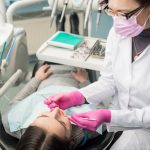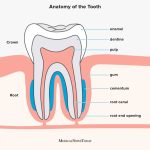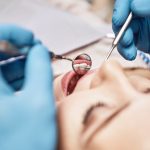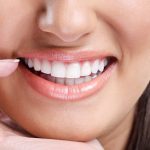5 Ingenious Ways to Brush Teeth without a Toothbrush A Comprehensive Guide
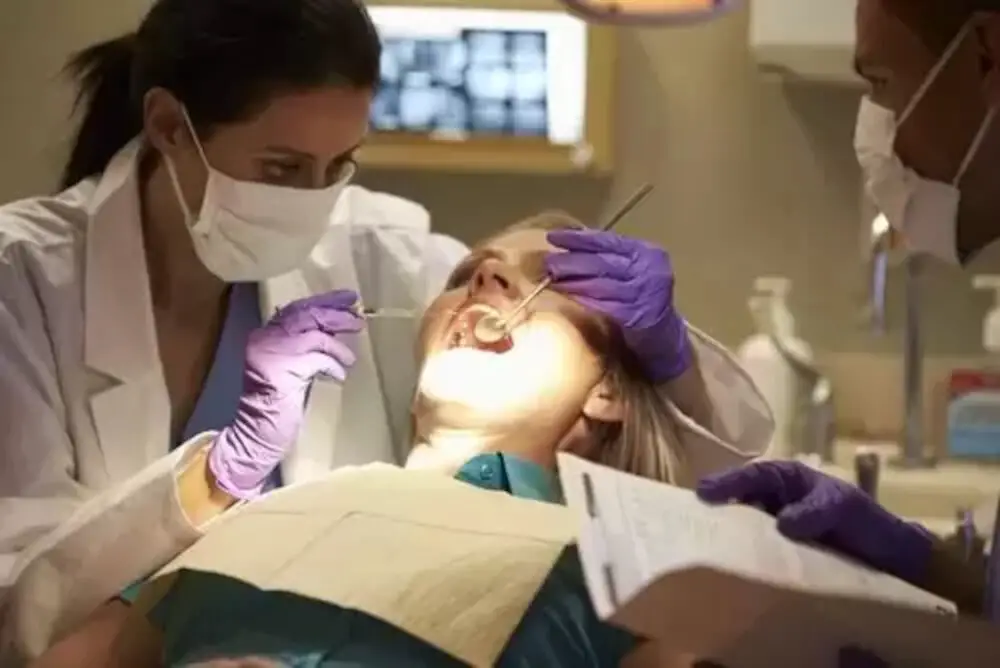
Brushing teeth is a vital part of our daily routine that helps maintain optimal oral hygiene. However, sometimes we may find ourselves in situations where we don’t have a toothbrush on hand. Whether you’re traveling, camping, or simply forgot your toothbrush at home, there’s no need to panic. In this comprehensive guide, we’ll explore five ingenious ways to brush teeth without a toothbrush. From using natural ingredients to DIY solutions, we’ll cover a range of techniques that are both effective and easy to use. Whether you’re looking for a temporary solution or simply want to mix up your brushing routine, these techniques are sure to come in handy. So let’s dive in and discover how to maintain a healthy smile even when you’re without your trusty toothbrush.
There could be numerous reasons why someone might need to brush their teeth without a toothbrush. For instance, they might run out of toothpaste or forget their toothbrush while traveling. In some cases, a natural disaster or emergency situation might force someone to improvise tooth cleaning techniques. Alternatively, some individuals may have physical disabilities, such as arthritis or tremors, that make it difficult to hold a toothbrush. Regardless of the reason, it’s important to know alternative ways to clean teeth to maintain oral health and prevent dental problems.
Dental hygiene is an essential part of overall health and wellbeing. Neglecting oral hygiene can lead to a buildup of bacteria, plaque, and tartar, resulting in bad breath, gum disease, and tooth decay. Additionally, poor oral health has been linked to other health issues such as heart disease, diabetes, and respiratory infections. On the other hand, good dental hygiene practices such as brushing, flossing, and regular dental checkups can prevent these issues and promote healthy teeth and gums. With the right tools and techniques, maintaining good dental hygiene can be simple and effective, and should be a priority for everyone.
When it comes to oral hygiene, toothbrushes have become a ubiquitous tool. However, in certain circumstances, toothbrushes may not be available. This could be due to various reasons such as traveling or simply forgetting to pack the toothbrush. Nevertheless, it’s crucial to maintain proper dental hygiene even without a toothbrush. Fortunately, there are numerous ingenious ways to brush teeth without a toothbrush. By utilizing everyday items and adopting some creative techniques, one can still achieve a fresh and healthy smile without the aid of a toothbrush.
Method 1: Baking Soda and Water
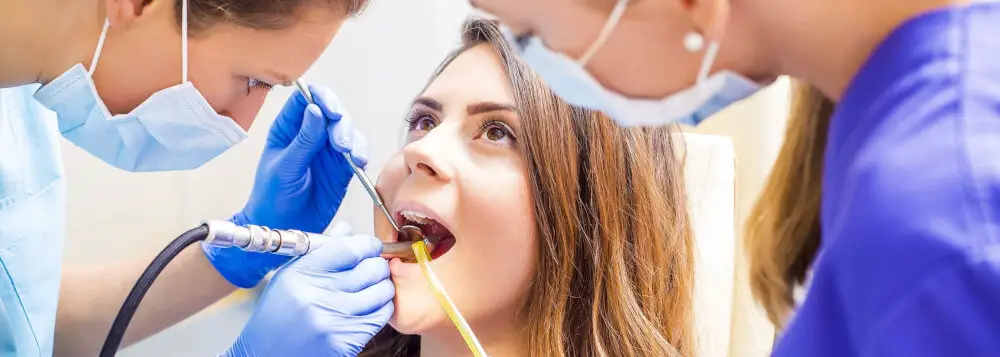
When it comes to maintaining proper oral hygiene, brushing your teeth regularly is a must. But what if you find yourself without a toothbrush? Don’t worry; there are a few ingenious ways to brush your teeth without a toothbrush. Method 1 is using baking soda and water. Baking soda is a potent cleaning agent and has antibacterial properties that can help in removing plaque and neutralizing harmful bacterial growth inside your mouth. To use this method, mix a teaspoon of baking soda with a small amount of water to form a paste. Dip your finger or a clean cloth in the paste and gently rub it on your teeth and gums. Make sure to cover all the surfaces, including the tongue, to get rid of any residual bacteria and bad breath. Rinse your mouth thoroughly with water afterward. This method is also useful in whitening the teeth and removing stains caused by coffee, tea, or tobacco. Baking soda is readily available in most households, making this method a convenient and cost-effective way to maintain oral hygiene.
Baking soda is a natural and effective cleaning agent that can help clean teeth without a toothbrush. It works by neutralizing the acids in the mouth that cause bad breath and tooth decay. Baking soda is also mildly abrasive, which means that it can help remove surface stains and plaque from the teeth. When mixed with water, baking soda releases free radicals that break down the molecules causing stains on the teeth. It also helps to alkalize the mouth, which can help prevent the growth of bacteria that cause gum disease and tooth decay. Overall, baking soda is a safe and effective way to clean teeth and maintain oral hygiene, even when a toothbrush is not available.
To create a baking soda and water paste, you will need a small bowl, baking soda, and water. Start by putting a tablespoon of baking soda in the bowl and add a few drops of water. Mix the baking soda and water together until it forms a thick paste. If the paste is too dry, add a few more drops of water until it reaches the desired consistency. The paste can be applied to teeth using a clean fingertip or any small object that can serve as an applicator. The baking soda works as a natural abrasive and helps remove plaque and stains from teeth, while the water helps to moisten the paste and spread it evenly. This homemade solution is an excellent alternative to toothpaste and can be used in a pinch when a toothbrush is not available.
If you find yourself without a toothbrush, using toothpaste alone can still be an effective way to clean your teeth. Begin by applying a pea-sized amount of toothpaste to your index finger or a clean cloth. Rub the toothpaste onto your teeth in a circular motion for at least two minutes, focusing on each tooth individually. Spit the toothpaste out and rinse your mouth thoroughly with water. While not as effective as using a toothbrush, using toothpaste alone can still help remove plaque and freshen your breath until you can get your hands on a toothbrush.
Method 2: Salt and Water
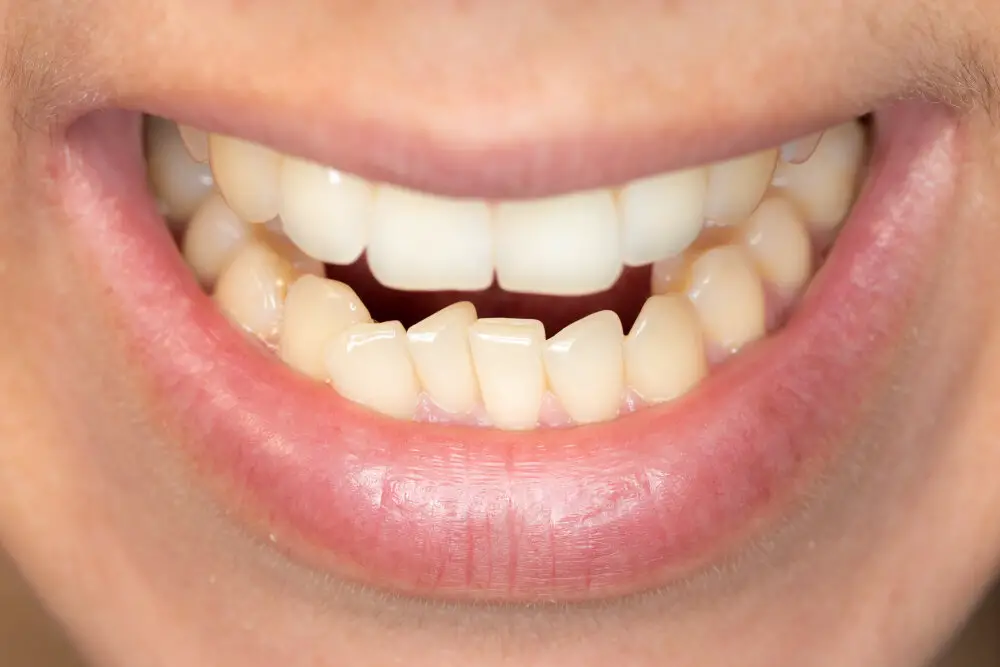
Method 2: Salt and Water is one of the oldest and most effective ways to maintain oral hygiene without a toothbrush. Salt is a natural antibacterial agent that can help to remove bacteria and reduce inflammation in the mouth. Additionally, it can help to neutralize bad breath and freshen the mouth. To use this method, mix a teaspoon of salt with a cup of warm water and swish it around in your mouth for 30 seconds to a minute. Spit it out and rinse your mouth with clean water. Repeat this process twice a day for best results. While salt and water may not be as effective as brushing with a toothbrush, it is a great alternative when one is not available. This method is also very affordable and accessible, as salt can be found in most kitchens. However, it is important to note that using salt and water too frequently can damage the enamel on your teeth, so it is best to limit its use to a few times a week. In sum, this method is a simple and inexpensive way to maintain oral hygiene and freshen your breath when a toothbrush is not available.
Salt is a natural abrasive that can effectively clean teeth by removing surface stains and plaque buildup. When salt is mixed with water, it creates a solution that can penetrate into the crevices of teeth and gums, reaching areas that a toothbrush may miss. Salt also has antibacterial properties that can help to kill harmful bacteria in the mouth, reducing the risk of gum disease and bad breath. Additionally, the alkaline nature of salt can help to neutralize the acidity in the mouth, which can contribute to tooth decay. To use salt as a teeth cleaning agent, simply mix a small amount of salt with water and swish it around in your mouth for a few minutes, then spit it out and rinse your mouth with water.
One of the most effective ways to clean teeth without a toothbrush is by creating a salt and water solution. The first step is to fill a cup with warm water and add a teaspoon of salt. Stir the mixture until the salt dissolves completely. The next step is to swish the solution around in the mouth for at least 30 seconds, allowing the salt to scrub away any plaque or debris that may have accumulated on the teeth. Finally, spit the solution out and rinse the mouth with clean water. This simple yet effective method can help to maintain good oral hygiene even when a toothbrush is not available.
If you find yourself without a toothbrush, there are still ways to brush your teeth effectively. One option is to use a solution made from baking soda and water. To use this solution, mix a small amount of baking soda with enough water to make a paste. Then, dip your toothbrush or a clean cloth into the solution and use it to scrub your teeth and gums. Be sure to rinse your mouth thoroughly with water afterward to remove any remaining baking soda. This method can help remove plaque and freshen your breath, but it should not be used as a long-term substitute for proper dental care.
Method 3: Chew on Fruits and Vegetables
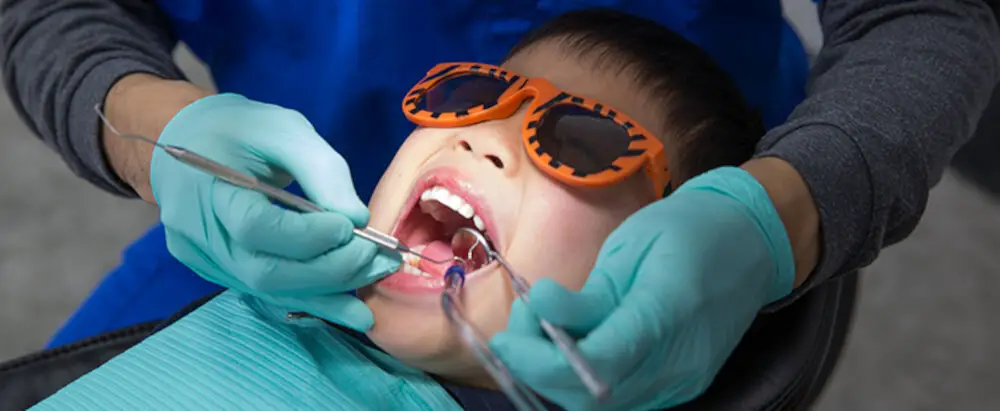
Chewing on fruits and vegetables is an excellent way to clean your teeth and freshen your breath when you don’t have a toothbrush handy. Not only do fruits and vegetables contain vitamins and minerals that contribute to good oral health, but their crunchy texture also helps to scrape away plaque and leftover food particles. Apples, carrots, celery, and cucumbers are all great options for this method. Just be sure to rinse your mouth with water afterward to remove any remaining sugars. In addition to their teeth-cleaning benefits, chewing on fruits and vegetables can also help to stimulate saliva production. Saliva contains enzymes that neutralize harmful bacteria in the mouth, which can help to prevent cavities and gum disease. So the next time you find yourself without a toothbrush, reach for a crunchy fruit or vegetable and give your teeth a quick and easy cleaning.
Did you know that certain fruits and vegetables can actually help clean your teeth? Crunchy foods like apples, carrots, and celery act as natural scrubbers, removing plaque and food particles from the surface of your teeth. Additionally, fruits like strawberries and pineapples contain enzymes that can help break down stubborn stains on your teeth. These foods also stimulate saliva production, which helps neutralize harmful bacteria in your mouth. Incorporating these tooth-cleaning foods into your diet can be a fun and tasty way to maintain good oral hygiene, even without a toothbrush.
When it comes to keeping your teeth clean and healthy, your diet plays a crucial role. Fruits and vegetables that are high in fiber and water content can help keep your mouth clean and fresh. Some excellent examples of fruits and vegetables that work well include apples, carrots, celery, and cucumbers. Apples are known for their high fiber content, which helps scrub away plaque and debris from teeth. Carrots and celery also have a similar effect, and their crunchy texture helps to stimulate saliva production, which helps neutralize harmful acids in the mouth. Cucumbers are also a great option, as they are high in water content, which helps to wash away food particles and bacteria. Incorporating these fruits and vegetables into your diet is an excellent way to help keep your teeth clean and healthy, even when you don’t have a toothbrush on hand.
While the article is about brushing teeth without a toothbrush, incorporating fruits and vegetables into your oral hygiene routine can also be effective. Crunchy fruits and vegetables like apples, carrots, and celery act as natural abrasives that can help scrub away plaque and food particles from your teeth. Additionally, citrus fruits like oranges and pineapples contain citric acid, which can help whiten your teeth over time. Including a variety of colorful fruits and vegetables in your diet not only benefits your overall health, but can also contribute to a brighter, healthier smile.
Method 4: Use a Clean Cloth
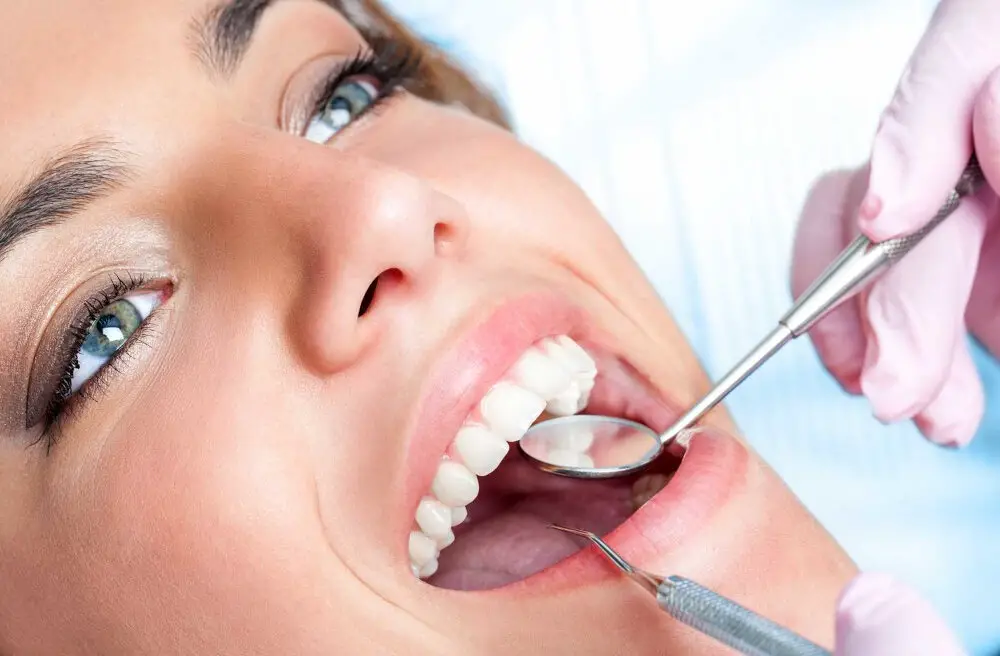
Method 4: Use a Clean Cloth is a simple yet effective way to brush teeth without a toothbrush. All you need is a clean piece of cloth, preferably made of cotton, and some water. Dampen the cloth and wrap it around your index finger. Then, gently rub the cloth back and forth over your teeth and gums. Make sure to cover all surfaces of your teeth, including the front, back, and chewing surfaces. You can also use the cloth to clean your tongue and the roof of your mouth. This method not only removes food particles and plaque but also stimulates blood flow in your gums, which helps prevent gum disease. Using a clean cloth to brush your teeth is especially useful when you’re on the go or don’t have access to a toothbrush. It’s also a great alternative for people with sensitive teeth or gums who find brushing with a toothbrush painful. Additionally, this method is eco-friendly as it doesn’t require any plastic or disposable items. However, it’s important to note that using a cloth to brush your teeth is not a replacement for regular brushing with a toothbrush. It’s recommended to use a toothbrush at least twice a day to maintain good oral hygiene.
A clean cloth can be used to clean teeth in a pinch. Simply wrap the cloth around your index finger and moisten it with water. Then, gently rub the cloth across your teeth in a circular motion, making sure to get the front, back, and chewing surfaces. The cloth will help remove any debris or plaque buildup on the teeth. Be cautious not to press too hard, as this can damage the enamel. While not as effective as a toothbrush, a clean cloth can be a useful tool for maintaining oral hygiene when a toothbrush isn’t available.
Using a clean cloth to brush teeth effectively is a simple and practical alternative to a toothbrush. To begin, dampen the cloth with warm water and wrap it around your index finger. Apply a pea-sized amount of toothpaste onto the cloth and gently rub it onto your teeth in circular motions for at least two minutes. Ensure that you cover all surfaces of your teeth, including the gum line, tongue, and cheeks. Afterward, rinse your mouth with water and spit it out. Lastly, wash the cloth thoroughly and let it dry before its next use. This method is perfect for when you forget your toothbrush or are traveling, and it can provide a refreshing clean feeling to your teeth and mouth.
When it comes to using cloth to brush teeth, not all fabrics are created equal. The best types of cloth to use for brushing teeth are those that have a slightly abrasive texture, such as muslin or cheesecloth. These fabrics can effectively remove plaque and surface stains without damaging the enamel or causing irritation to the gums. Additionally, cotton or microfiber cloths can also be used, but they may not be as effective at removing plaque buildup. It is important to note that any cloth used for brushing teeth should be clean and free of any debris or bacteria to prevent the spread of infection.
Method 5: Chewing Gum

Method 5: Chewing Gum is an innovative way to clean your teeth without a toothbrush. Chewing sugarless gum can help in removing food particles and plaque from your teeth. It can also stimulate the production of saliva which is essential for neutralizing the acid produced by bacteria in the mouth. This helps in preventing tooth decay and bad breath. Gum chewing also promotes blood flow to the gums, which is necessary for maintaining healthy gums. Chewing gum can be an excellent option when you are traveling or do not have access to a toothbrush. It is also a quick and easy way to freshen your breath. However, it should be noted that chewing gum should not be considered a substitute for brushing your teeth. It can only be used as a temporary solution until you can brush your teeth properly. Moreover, it is essential to choose sugarless gum as it helps in preventing tooth decay. So, next time you forget your toothbrush, grab a pack of sugarless gum and chew it for a few minutes to keep your teeth clean and your breath fresh.
Chewing gum has been found to be an effective way to clean teeth when a toothbrush is not available. The act of chewing stimulates saliva production which helps to wash away food particles and neutralize acids in the mouth. Additionally, many chewing gums are sugar-free and contain xylitol, a natural sweetener that has been shown to reduce the amount of harmful bacteria in the mouth. As a result, chewing gum can help freshen breath, reduce plaque buildup, and prevent tooth decay. However, it is important to note that while chewing gum can be a helpful tool for oral hygiene, it should not be used as a replacement for regular brushing and flossing.
When it comes to chewing gum, not all types are created equal. For a quick teeth-cleaning solution, sugarless gum is the way to go. Sugarless gum contains xylitol, a natural sweetener that helps prevent the growth of bacteria in the mouth. Additionally, gum with a crunchy texture, like bubble gum, can help dislodge food particles and debris from teeth. However, it’s important to avoid gum with added sugar, as this can lead to tooth decay. Look for gum with the American Dental Association (ADA) Seal of Approval to ensure it’s been tested and approved for safety and effectiveness.
Gum can be used as an effective tool to clean teeth when brushing isn’t an option. The key is to choose a sugar-free gum that contains xylitol, a natural sweetener that can help prevent tooth decay. Simply chew the gum for several minutes, making sure to focus on the areas where plaque tends to build up, such as between teeth and along the gumline. The chewing motion will help dislodge food particles and stimulate saliva production, which can help neutralize harmful bacteria in the mouth. After chewing, be sure to spit out the gum and rinse your mouth thoroughly with water to remove any remaining debris.
In the article \5 Ingenious Ways to Brush Teeth without a Toothbrush – A Comprehensive Guide,\ we explored various methods to maintain oral hygiene even when a toothbrush is not available. The first method was to use a clean, damp cloth or gauze to rub teeth and gums gently. The second method was to use a twig from a tree with anti-bacterial properties to clean teeth. The third method involved using baking soda and water as a toothpaste substitute. The fourth method was to use a mixture of salt and baking soda to brush teeth. The final method was to use floss or a toothpick to remove food particles between teeth. Each of these methods can help maintain good oral hygiene in situations when a toothbrush is not available.
Dental hygiene is of utmost importance in maintaining a healthy mouth and body. Neglecting to brush your teeth regularly can lead to the buildup of plaque and tartar, which can cause tooth decay and gum disease, both of which can have serious consequences. In addition to regular brushing, flossing and using mouthwash can help to remove bacteria and food particles that can cause bad breath and other problems. It is also important to visit the dentist regularly for checkups and cleanings to ensure that any issues are caught early and treated effectively. By prioritizing dental hygiene, you can help to ensure a long-lasting, healthy smile.
While there are various alternatives to brushing teeth without a toothbrush, it is important to remember that toothbrushes are still the most effective and recommended way to clean teeth. Toothbrushes are specially designed to remove plaque and bacteria from teeth, which cannot be achieved by other methods. The bristles of a toothbrush can reach between teeth and along the gum line, where most of the bacteria reside. Using a toothbrush regularly helps to prevent tooth decay, gum disease, and bad breath. So, while it may be tempting to try other methods, it is crucial to incorporate toothbrushing into your daily dental hygiene routine for optimal oral health.
In situations where toothbrushes are not readily available, it can be easy to feel discouraged and let oral hygiene fall to the wayside. However, there are several ingenious methods that can be used to effectively clean teeth without a toothbrush. From using natural elements like twigs and leaves to creating makeshift toothbrushes from household items like paper towels and cotton swabs, there are plenty of options to choose from. While these methods may not be as convenient as using a traditional toothbrush, they are certainly better than neglecting oral hygiene altogether. So next time you find yourself without a toothbrush, don’t fret – try out one of these methods and maintain a healthy smile!
Conclusion
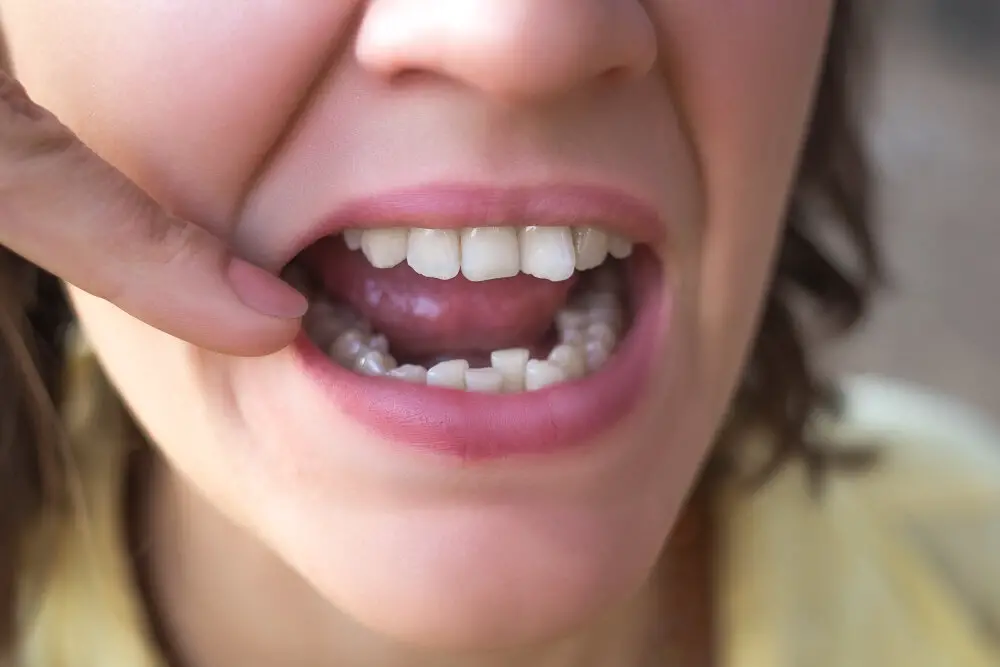
In conclusion, maintaining oral hygiene is essential for a healthy lifestyle, and brushing teeth is a crucial aspect of it. However, situations may arise where you don’t have access to a toothbrush, and that’s where these ingenious ways to brush teeth come in handy. From using a banana peel to baking soda, these methods can effectively clean your teeth and freshen your breath. It is important to note, however, that these methods should not replace regular brushing with a toothbrush and toothpaste. They can be used in emergencies or as a supplement to your regular oral care routine. So, the next time you find yourself without a toothbrush, don’t panic, give these techniques a try, and keep your teeth healthy and clean.
